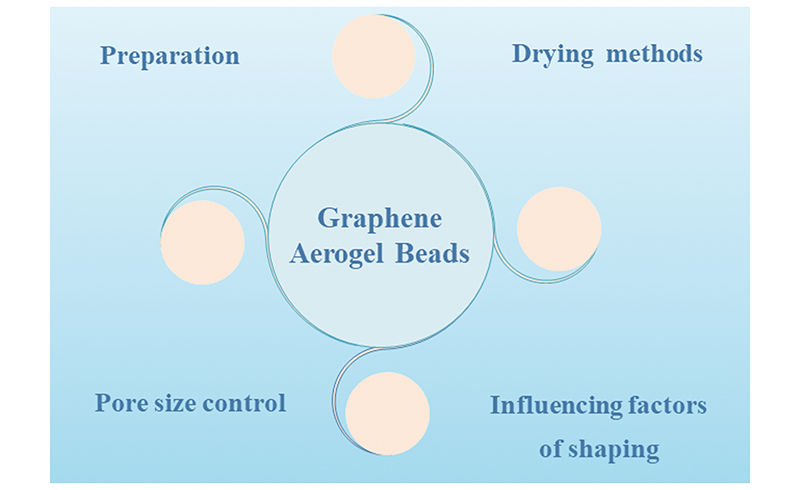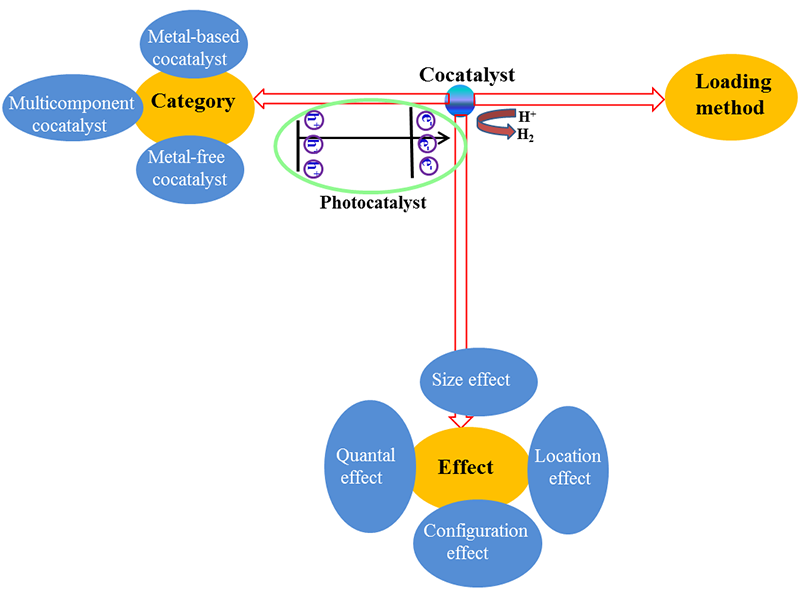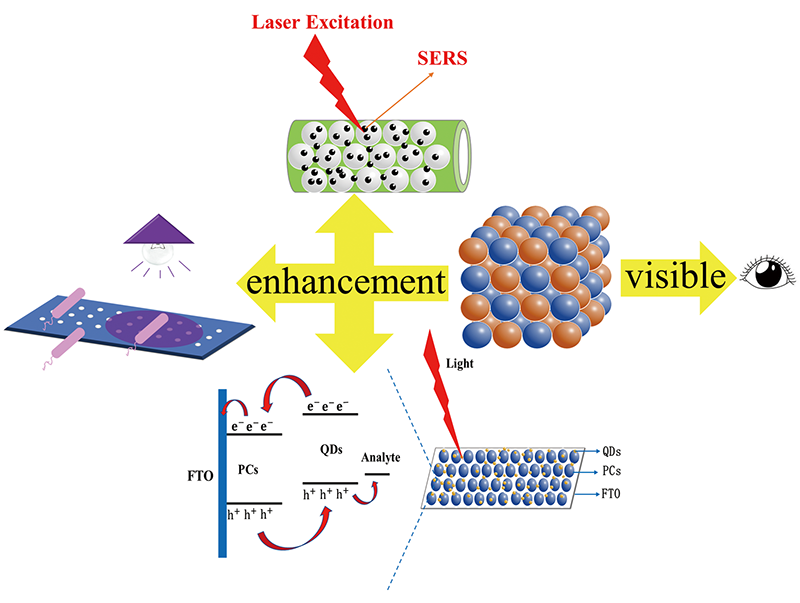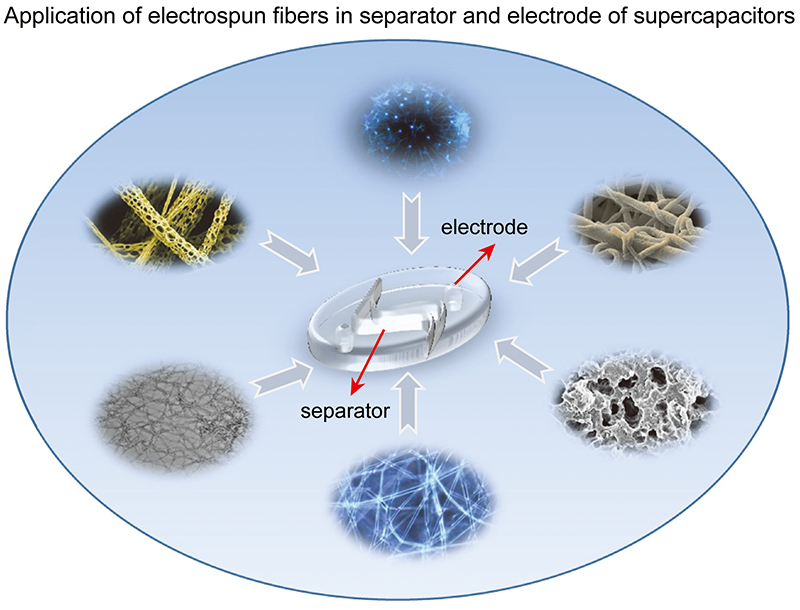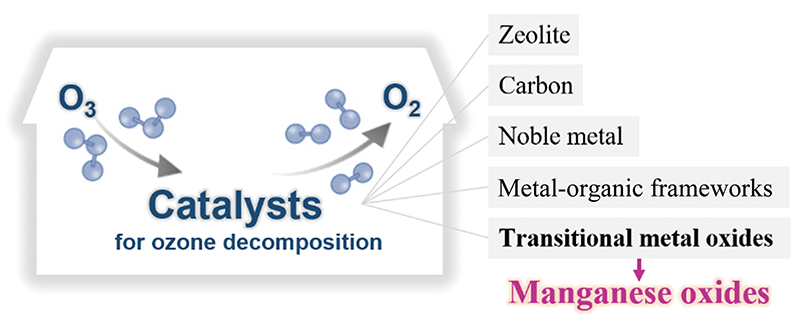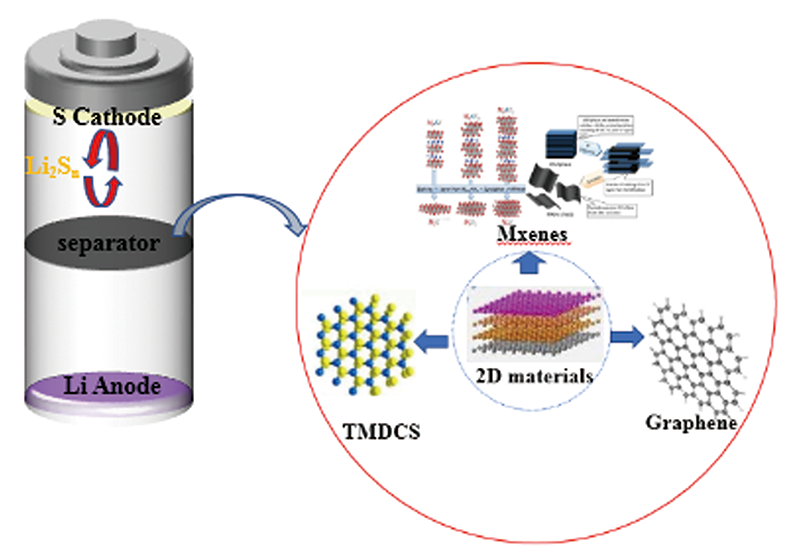Xingchen Wu, Wenhui Liang, Chenxin Cai. Photoluminescence Mechanisms of Carbon Quantum Dots[J]. Progress in Chemistry, 2021, 33(7): 1059-1073.
Carbon quantum dots (CQDs) generally refer to zero-dimensional carbon materials with a particle size of less than 10 nm. Due to their excellent optical properties, they have been used extensively in the fields of bioimaging, optical devices, biocomposite materials, biosensing, etc., and can be expected to become one of the most widely used carbon material in the future. The optical properties of CQDs are affected by particle size, surface functional groups, synthesis temperature, type of solvent, and pH. In order to precisely control their optical properties and further expand their scope of application, their photoluminescence (PL) mechanisms need to be elucidated in details, however, the PL mechanism of CQDs is currently not complete clear. At present, the proposed PL mechanism includes quantum confinement effect, surface states emission, molecular fluorophores and carbogenic core, polycyclic aromatic hydrocarbon molecular emission, self-trapped exciton emission, surface dipole emission center, aggregate emission center, multiple emission center, slowed solvent relaxation and solvatochromic shift etc. But each mechanism can only explain part of the PL phenomenon of CQDs to a certain extent. No mechanism can explain all the PL phenomena of CQDs, which seriously restricts the regulation of the optical properties of CQDs. This review classifies and summarizes the different PL mechanisms of CQDs, its purpose is to provide a reference for further elucidating its PL mechanism and achieving controllable adjustment of the optical characteristics of CQDs.
1 Introduction
2 Optical characteristics of CQDs
2.1 UV-Vis absorption characteristics
2.2 Fluorescence characteristics (photoluminescence characteristics)
2.3 Electroluminescence characteristics
2.4 Up-converted luminescence
3 PL mechanism of CQDs
3.1 Quantum confinement effect
3.2 Surface states emission
3.3 Molecular fluorophores and carbogenic core
3.4 Polycyclic aromatic hydrocarbon molecular emission
3.5 Self-trapped exciton emission
3.6 Surface dipole emission center
3.7 Aggregate emission center
3.8 Multiple emission center
3.9 Slowed solvent relaxation and solvatochromic shift
4 Conclusion and outlook











